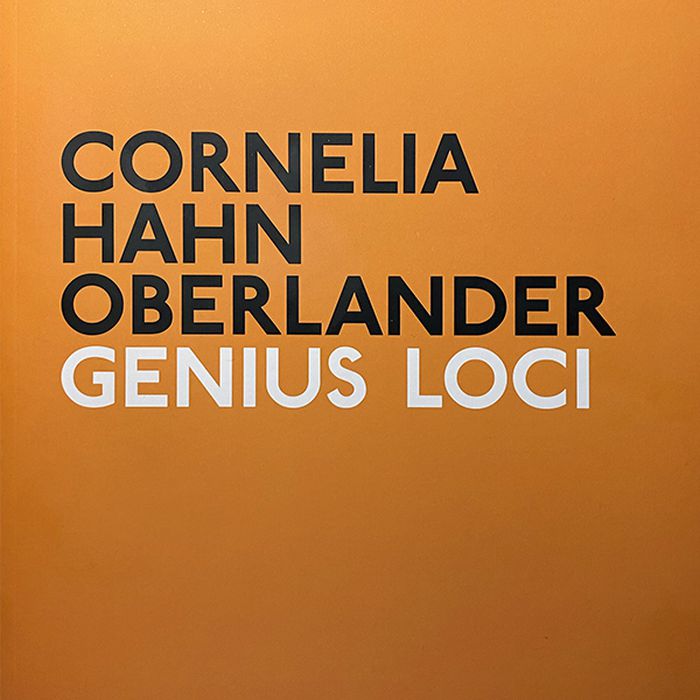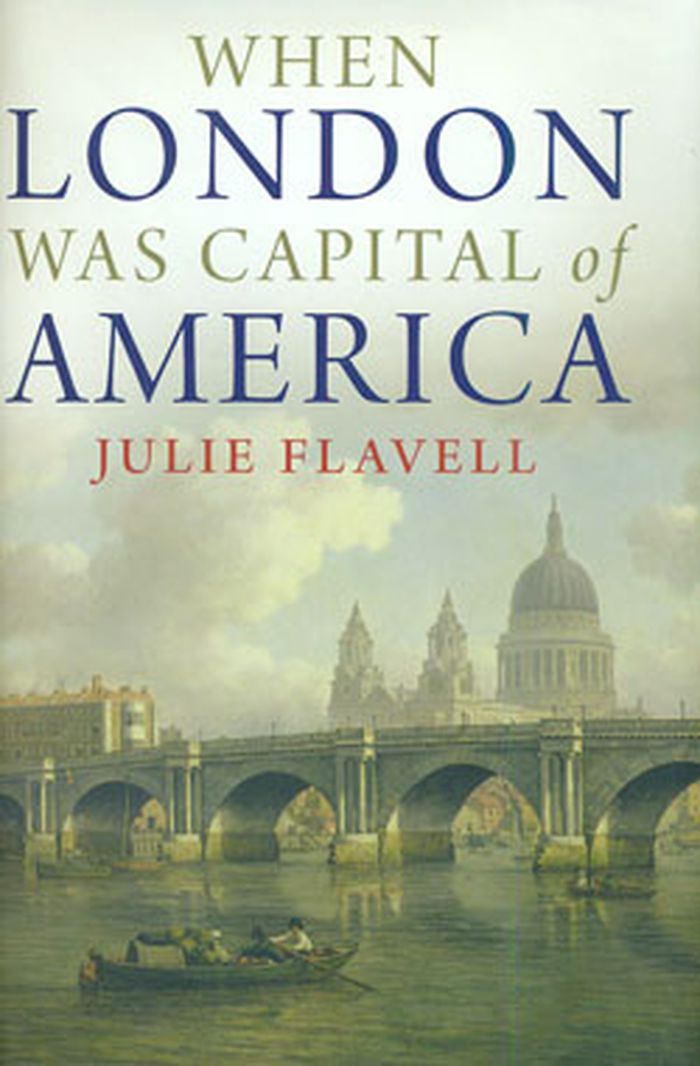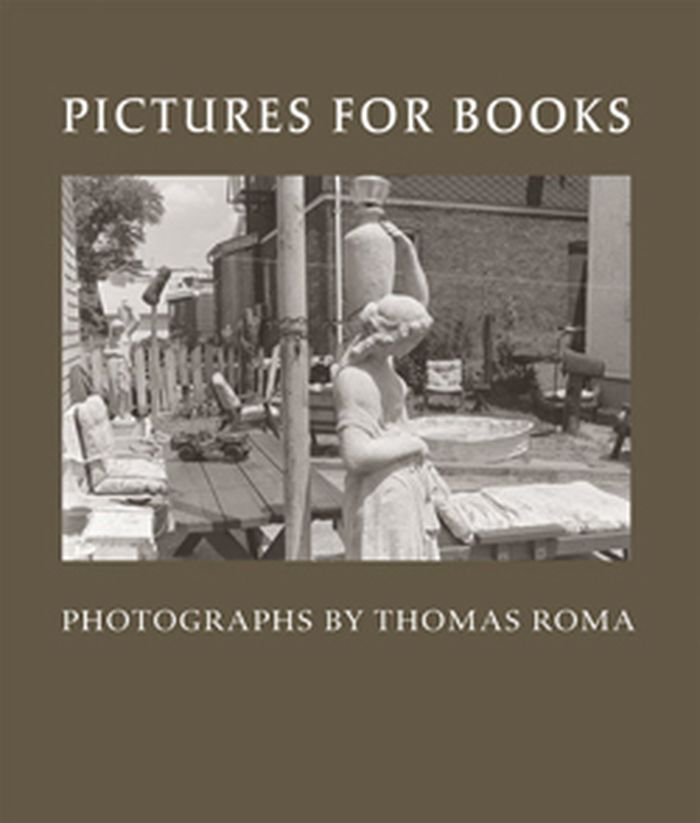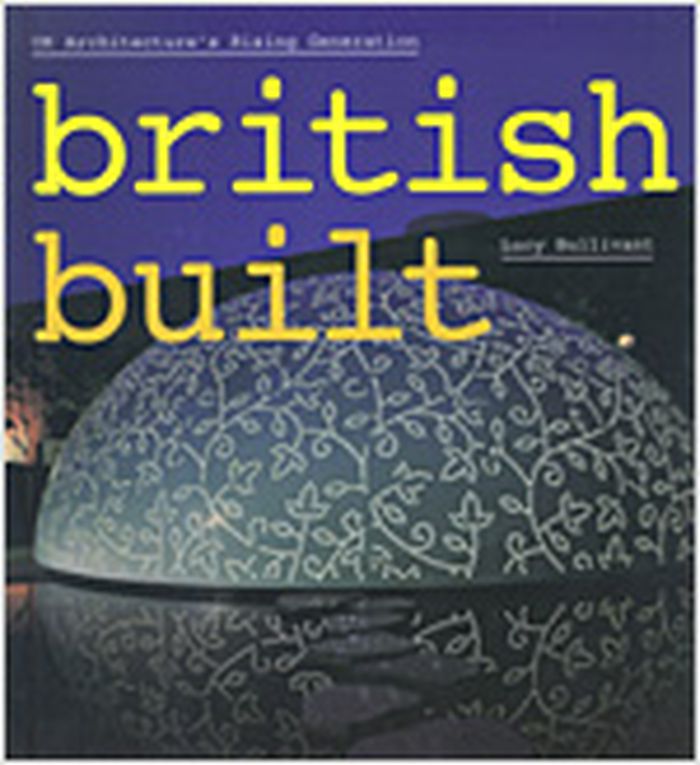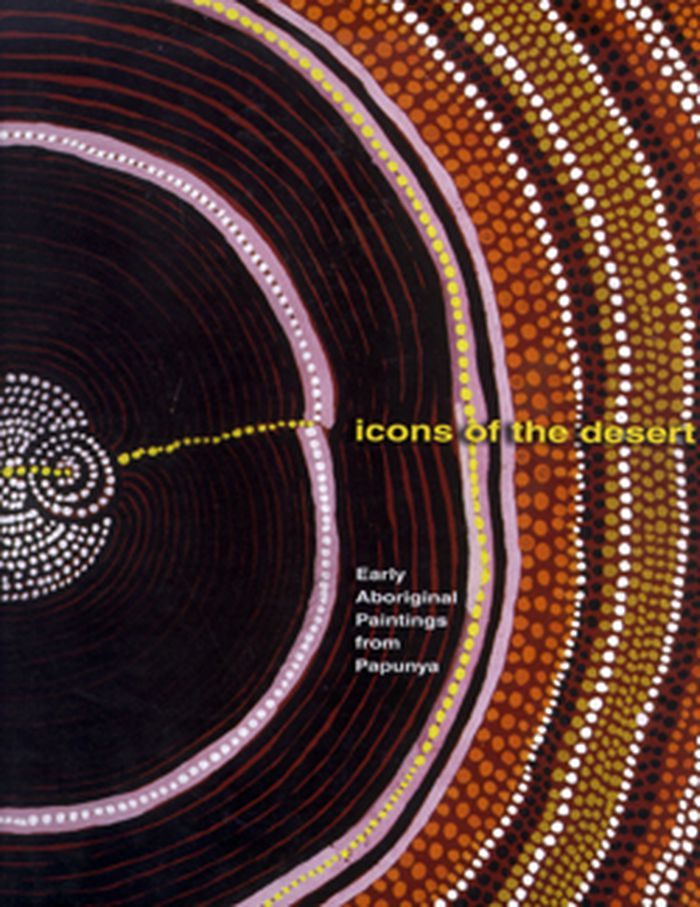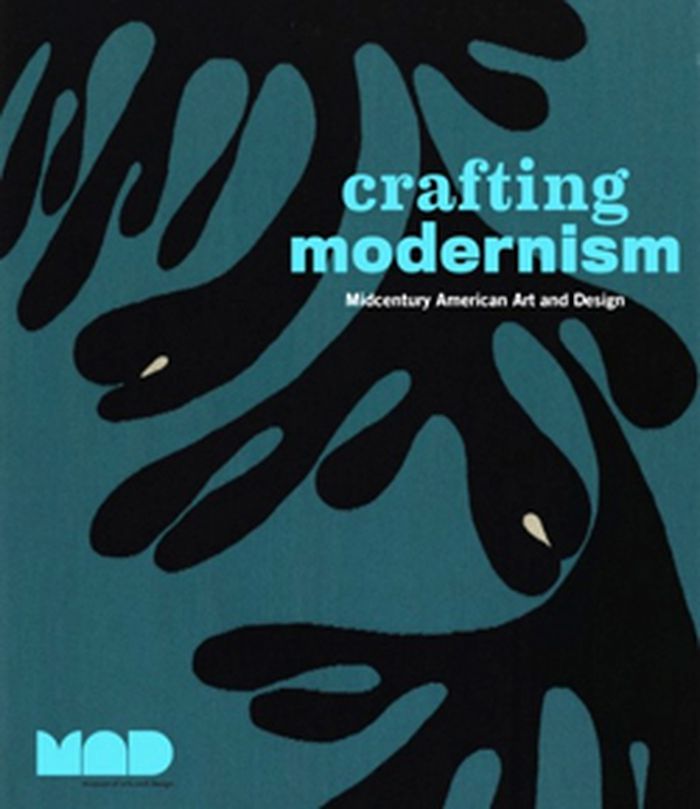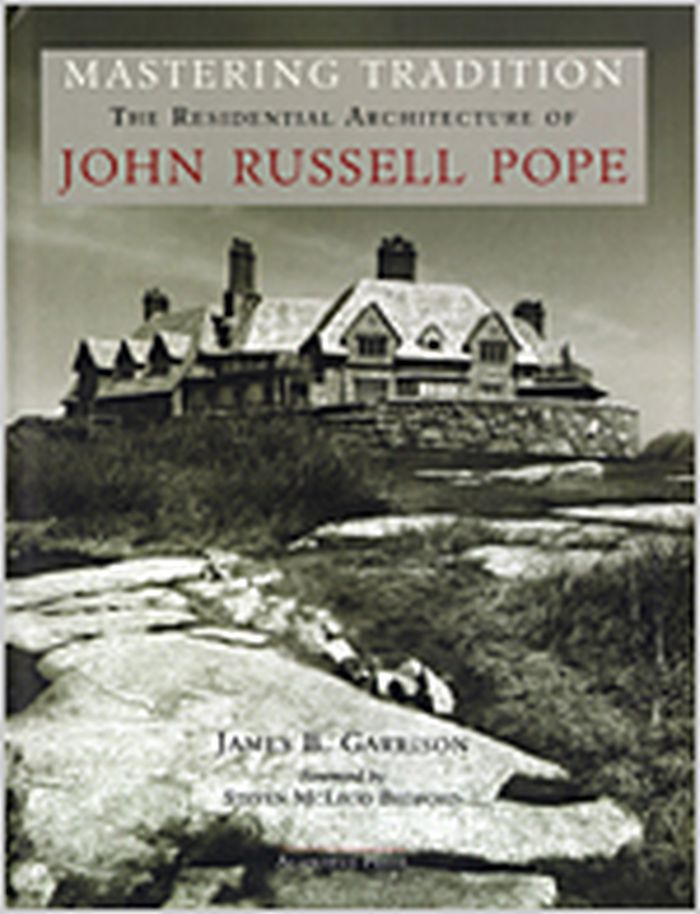$25.00
(available to order)
Summary:
Cornelia Hahn Oberlander (1921-2021) ws among the most eminent landscape architects in the world, known for many projects in Canada and abroad. ''Genius Loci,'' meaning the protective spirit of a place, is embodied in the seven decade span of her work. Her landscape designs demonstrate her desire to create terrains that are less an interruption and more an amplification(...)
MODIFIE Cooking sections: Salmon A Red Herring
Actions:
Price:
$25.00
(available to order)
Summary:
Cornelia Hahn Oberlander (1921-2021) ws among the most eminent landscape architects in the world, known for many projects in Canada and abroad. ''Genius Loci,'' meaning the protective spirit of a place, is embodied in the seven decade span of her work. Her landscape designs demonstrate her desire to create terrains that are less an interruption and more an amplification of what already exists on a site. Her training in modernist design and a desire to connect people with nature is immediately apparent in her landscapes. At a time when our relationship to the earth is of paramount importance, Oberlander’s projects reveal consistent and significant stewardship of the natural environment. Many of her designs—even those from 50 years ago—remain largely unchanged, testaments to her technical skill, research techniques, and judicious selection of flora. This bilingual book derives from an exhibition at the West Vancouver Art Museum, introduing projects by Oberlander, and presented in four sections devoted to playgrounds, social housing, public projects, and residential projects, showing photography of the places alongside her sketches, plans, and research proposals. The book includes contributions by Oberlander and the exhibition curators, Susan Herrington and Eva Matsuzaki.
Landscape Architecture, Monographs
$35.00
(available to order)
Summary:
Benjamin Franklin secretly loved London more than Philadelphia: it was simply the most exciting place to be in the British Empire. And in the decade before the outbreak of the American Revolution, thousands of his fellow colonists flocked to the Georgian city in its first big wave of American visitors. At the very point of political rupture, mother country and colonies(...)
When London was capital of America
Actions:
Price:
$35.00
(available to order)
Summary:
Benjamin Franklin secretly loved London more than Philadelphia: it was simply the most exciting place to be in the British Empire. And in the decade before the outbreak of the American Revolution, thousands of his fellow colonists flocked to the Georgian city in its first big wave of American visitors. At the very point of political rupture, mother country and colonies were socially and culturally closer than ever before. In this first-ever portrait of eighteenth-century London as the capital of America, Julie Flavell recreates the famous city's heyday as the centre of an empire that encompassed North America and the West Indies. The momentous years before independence saw more colonial Americans than ever on London's streets: wealthy Southern plantation owners in quest of culture, slaves hoping for a chance of freedom, Yankee businessmen looking for opportunities in the city, even Ben Franklin seeking a second, more distinguished career. The stories of the colonials, no innocents abroad, vividly recreate a time when Americans saw London as their own and remind us of the complex, multiracial - at times even decadent - nature of America's colonial British heritage.
History until 1900, Great Britain
books
Toronto sprawls
$24.95
(available to order)
Summary:
With a landmass spanning approximately 7000 square kilometres and a population of roughly five million, the Greater Toronto Area is Canada’s largest metropolitan centre. How did a small nineteenth-century colonial capital become this sprawling urban giant, and how did government policies shape the contours of its landscape? In Toronto Sprawls, Lawrence Solomon examines(...)
Toronto sprawls
Actions:
Price:
$24.95
(available to order)
Summary:
With a landmass spanning approximately 7000 square kilometres and a population of roughly five million, the Greater Toronto Area is Canada’s largest metropolitan centre. How did a small nineteenth-century colonial capital become this sprawling urban giant, and how did government policies shape the contours of its landscape? In Toronto Sprawls, Lawrence Solomon examines the great migration from farm to the city that occurred in the last half of the nineteenth century. During this period, a disproportionate number of single women came to Toronto, while at the same time, immigration from abroad was swelling the city’s urban boundaries. Labour unions were also increasingly successful in recruiting urban workers in these years. Governments responded to these perceived threats with a series of policies designed to foster order. To promote single family dwellings conducive to the traditional family, buildings in high-density areas were razed and apartment buildings banned. To discourage returning First World War veterans from settling in cities, the government offered grants to spur rural settlement. These policies and others dispersed the city’s population and promoted sprawl. An illuminating read, Toronto Sprawls makes a convincing case that urban sprawl in Toronto was not caused by market forces, but rather policies and programs designed to disperse Toronto’s urban population.
books
April 2007, Toronto
Architecture in Canada
Pictures for books
$42.00
(available to order)
Summary:
Like so many of the best photographers, Thomas Roma has a flair for thinking in book form. His first book, the limited-edition and handbound volume Brooklyn Gardens (1980), affirmed this flair from the outset of his career, and over the past 30 years Roma has published 13 volumes, always composing and sequencing his classical and modernist vision of contemporary life with(...)
Pictures for books
Actions:
Price:
$42.00
(available to order)
Summary:
Like so many of the best photographers, Thomas Roma has a flair for thinking in book form. His first book, the limited-edition and handbound volume Brooklyn Gardens (1980), affirmed this flair from the outset of his career, and over the past 30 years Roma has published 13 volumes, always composing and sequencing his classical and modernist vision of contemporary life with care and thought. Roma’s concern for bookmaking accords with his general autodidacticism: he is self-taught to the degree that he even designs and builds his own cameras and lighting equipment. Pictures for Books is the first retrospective volume on Roma. It gathers selections from four previous publications: Found in Brooklyn (1996), Come Sunday (1996), Sicilian Passage (2003) and On Three Pillars: Torah, Worship and the Practice of Loving Kindness, The Synagogues of Brooklyn (2007). Shot in black and white, the sequences included here display two signature Roma traits: a quietly steady and penetrative observation of the close-at-hand, and a fondness for the diverse neighborhoods of Brooklyn, the borough in which Roma was born and continues to reside. Pictures for Books is full of images that capture daily life (both in Brooklyn and abroad) as it opens out into moments of capacious quietude.
Photography monographs
$12.99
(available to order)
Summary:
For a while now the "Young British Artists" have been soaking up the international limelight thanks to a sensibility that is at once outrageous and thoughtful. Architecture, of course, always takes a while to catch up to the other arts, but now, finally, Britain has emerged as one of the world's most fertile breeding grounds for international design talent. Catalyzed by(...)
British built : UK architecture's rising generation
Actions:
Price:
$12.99
(available to order)
Summary:
For a while now the "Young British Artists" have been soaking up the international limelight thanks to a sensibility that is at once outrageous and thoughtful. Architecture, of course, always takes a while to catch up to the other arts, but now, finally, Britain has emerged as one of the world's most fertile breeding grounds for international design talent. Catalyzed by such leading international architecture schools as the Architectural Association and the Bartlett, a new wave of architects, from home and abroad, is combining local and global styles in exciting new buildings and projects. Post-Imperial British designers are indeed synthesizing foreign cultures with Western conditions in an entirely original way. Profiling Britain's most dynamic and intriguing practices, ‘British Built’ features projects by S333, Caruso St John, Alison Brooks, Foreign Office Architects (FOA), muf, Allford Hall Monaghan Morris, Gollifer Langston, de Rijke Marsh Morgan (dRMM), Kathryn Findlay, FAT, Adjaye Associates, Sergison Bates, Klein Dytham Architects (KDa), and Deborah Saunt David Hills Architects. "British Built", the sequel to our successful "SuperDutch", includes studio profiles and essays outlining the unique characteristics of the British architect working today and presenting an even younger generation of architects whose stars are only just appearing on the horizon, including atopia, softroom, dECOi, and Tonkin Liu, among many others. Previously priced at $60.00.
sale books
books
$41.95
(available to order)
Summary:
Beginning with the inception of the U.S. embassy building program in 1926, and continuing through the 1996 competition for a new embassy in Berlin, "The Architecture of Diplomacy" examines a remarkable(...)
Commercial interiors, Building types
August 1998, New York
The architecture of diplomacy : building America's embassies
Actions:
Price:
$41.95
(available to order)
Summary:
Beginning with the inception of the U.S. embassy building program in 1926, and continuing through the 1996 competition for a new embassy in Berlin, "The Architecture of Diplomacy" examines a remarkable yet little-known chapter in architectural history. It focuses on the 1950s, when modernism became linked with the idea of freedom and the State Department's Office of Foreign Buildings Operations began to showcase modern architecture in its embassies. Architects could build abroad in styles never sanctioned at home, resulting in unusual and sometimes outlandish designs intended to express an "open" America overseas. Indeed, the embassy building program was part of the nation's larger effort to establish and assert its superpower status following World War II. Terrorist threats and espionage scandals also shaped the worldwide building program, and continue to affect it today. "The Architecture of Diplomacy" features the stories behind the Rio de Janiero and Havana embassies by Harrison & Abramovitz, Ralph Rapson's designs for Stockholm and Copenhagen, Gordon Bunshaft's work in Germany, Eero Saarinen's constructions in London and Oslo, and Edward Durell Stone's embassy in New Delhi. Other architects involved in the program included Arquitectonica; Pietro Belluschi; Marcel Breuer; Walter Gropius; Kallmann, McKinnell & Wood; Richard Neutra; and Skidmore, Owings & Merrill. Author Jane C. Loeffler obtained access to original correspondence, drawings, and photographs that have never been published.
books
August 1998, New York
Commercial interiors, Building types
$44.95
(available to order)
Summary:
This publication is an exhibition catalog produced by the Herbert F. Johnson Museum of Art at Cornell University for a show featuring forty-nine "dot-paintings" produced by Aboriginal artists from the settlement of Panpunya. Dot-painting has become an art instantly associated with Aboriginal Australia. In the more than thirty-five years since the advent of this movement,(...)
Art Periods and Styles
February 2009, Ithaca
Icons of the desert : early aboriginal paintings from Papunya
Actions:
Price:
$44.95
(available to order)
Summary:
This publication is an exhibition catalog produced by the Herbert F. Johnson Museum of Art at Cornell University for a show featuring forty-nine "dot-paintings" produced by Aboriginal artists from the settlement of Panpunya. Dot-painting has become an art instantly associated with Aboriginal Australia. In the more than thirty-five years since the advent of this movement, Papunya works have been widely exhibited and acquired by private collectors and museums in Australia, and increasingly abroad. This is the first book to focus on the founding expressions of Papunya art. It examines their origins in the paintings produced in Papunya in the Western Desert during the years 1971 to 1973, after the Sydney schoolteacher Geoffrey Bardon provided Aboriginal men with art materials and encouraged them to paint on Masonite, against the wishes of Australian government officials. These paintings claim a unique status. Only around six hundred were made. They are also the first painted works to transfer the designs of desert ceremonial imagery to a permanent surface. The book is illustrated with full-color plates of the forty-nine exhibited works by such great artists as Clifford Possum Tjapaltjarri, Johnny Warangkula Tjupurrula, and Tim Leura Tjapaltjarri. In addition, it features numerous color figures of comparative works and documentary photographs of the original artists at work, some never before published, and a chronological catalog documenting the works’ history and iconography.
Art Periods and Styles
$75.00
(available to order)
Summary:
"Crafting Modernism: Mid-century American Art and Design" will provide an in-depth examination of the American studio craft movement in general, with detailed analyses of all of the major mediums (clay, wood, fibre, metal, jewellery, and glass) favoured by the greatest craftsmen of the period. Both an exhibition catalogue and an historical reference, "Crafting Modernism"(...)
Craftting modernism: midcentury american art and design
Actions:
Price:
$75.00
(available to order)
Summary:
"Crafting Modernism: Mid-century American Art and Design" will provide an in-depth examination of the American studio craft movement in general, with detailed analyses of all of the major mediums (clay, wood, fibre, metal, jewellery, and glass) favoured by the greatest craftsmen of the period. Both an exhibition catalogue and an historical reference, "Crafting Modernism" explores the origins of the studio craft movement, the international influences that helped it grow in this country and abroad and its convergence with the fine arts. The post-war years were a time of particular importance for the studio movement as a new generation of craftsmen began to express cultural identity and artistic innovation as well as provide social commentary through their work in all media, which led to the proliferation of the craft movement to museums and exhibitions worldwide. Artists represented in this book include Anni Albers, Dale Chihuly, Hans Christensen, Charles and Ray Eames, Sheila Hicks, Wharton Esherick, Maurice Heaton, Dorothy Liebes, Sam Maloof, George Nakashima, Gertrud and Otto Natzler, Peter Voulkos and Russel Wright, among many others. "Crafting Modernism" is the fourth instalment of the Centenary Project begun in 1993 by the Museum of Art and Design to explore the origins and development of twentieth-century American crafts. New research has made this exhibit and book possible, exploring the rediscovery and reinvigoration of craft media in the post-war years.
Industrial Design
books
When America became suburban
$23.95
(available to order)
Summary:
In the decades after World War II, the United States became the most prosperous nation in the world and a superpower whose dominance was symbolized by the American suburbs. Spurred by the decline of its industrial cities and by mass suburbanization, people imagined a new national identity—one that emphasized consumerism, social mobility, and a suburban lifestyle. The(...)
When America became suburban
Actions:
Price:
$23.95
(available to order)
Summary:
In the decades after World War II, the United States became the most prosperous nation in the world and a superpower whose dominance was symbolized by the American suburbs. Spurred by the decline of its industrial cities and by mass suburbanization, people imagined a new national identity—one that emphasized consumerism, social mobility, and a suburban lifestyle. The urbanity of the city was lost. In "When America became suburban", Robert A. Beauregard examines this historic intersection of urban decline, mass suburbanization, domestic prosperity, and U.S. global aspirations as it unfolded from 1945 to the mid-1970s. Suburban expansion and the subsequent emergence of sprawling Sunbelt cities transformed every aspect of American society. Assessing the global implications of America’s suburban way of life as evidence of the superiority of capitalist democracy, Beauregard traces how the suburban ideology enabled America to distinguish itself from both the Communist bloc and Western Europe, thereby deepening its claim of exceptionalism on the world-historical stage. Placing the decline of America’s industrial cities and the rise of vast suburban housing and retail spaces into a cultural, political, and global context, Beauregard illuminates how these phenomena contributed to a changing notion of America’s identity at home and abroad. "When America became suburban" brings to light the profound implications of de-urbanization: from the siphoning of investments from the cities and the effect on the quality of life for those left behind to a profound shift in national identity.
books
September 2006, Minneapolis, London
Suburbs
$102.95
(available in store)
Summary:
In the first major book on the beautiful and richly varied residential designs of John Russell Pope, "Mastering Tradition: The Residential Architecture of John Russell Pope" highlights the extraordinary houses of one of the 20th Century’s most prolific architects. John Russell Pope (1873–1937) was an architect of tradition and a master of pro-portion, massing, and(...)
Architecture Monographs
August 2004, New York
Mastering tradition : the residential architecture of John Russell Pope
Actions:
Price:
$102.95
(available in store)
Summary:
In the first major book on the beautiful and richly varied residential designs of John Russell Pope, "Mastering Tradition: The Residential Architecture of John Russell Pope" highlights the extraordinary houses of one of the 20th Century’s most prolific architects. John Russell Pope (1873–1937) was an architect of tradition and a master of pro-portion, massing, and scale. Drawing on a personal palette rich in historic precedents from ancient Greece to colonial America, Pope created original and refined designs that embodied the aspirations of the United States as an emerging world power. Both his private and public work - which includes the National Gallery of Art and the Thomas Jefferson Memorial - possess a poise and confidence that emanated from a disciplined approach to architectural design formed by his experiences at home and abroad. In the brief span of 35 years, Pope and his office designed several hundred buildings and monuments, including over 100 houses. His residential work spans a wide array of styles, and comprises vast estates - with integrated ensembles of living, work, and leisure buildings - town houses, country retreats, and a series of jewel-like mausoleums. The common thread running through all his work is a total mastery of the design vocabulary. In this first comprehensive and lavishly illustrated survey of his residential work, author James Garrison delves into Pope’s design sources and methods, and demonstrates how an apparently diverse body of work is related to the common theme of mastering tradition.
Architecture Monographs
